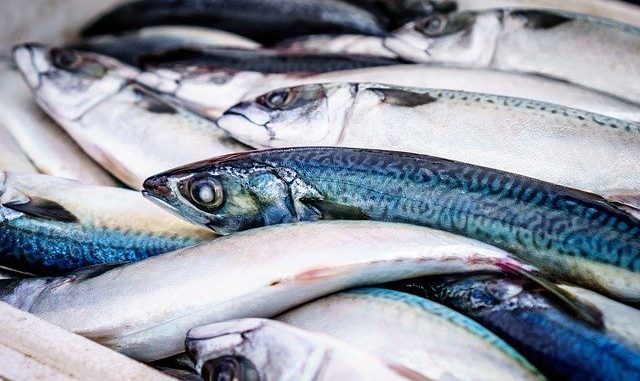
The preparation of fish for the market place, for culinary dishes, for any food product in fact places great reliance on the method of slaughter and quality of the fish itself. That latter aspect, quality, depends on how the fish was slaughtered i.e. the post-mortem condition, as well as how well the fish was looked after and handled up to the point of its death. If the slaughter is performed badly, the fish suffer and the meat loses its sensory appeal.
There are several articles that cover the topic of euthanasia – electrical stunning, immersion in liquid ice and treatment with carbon dioxide. A combination of techniques are often tried such as CO2 and live chilling to reduce stress in the fish and prolong the onset of rigor. Rigor incidentally is noticed as an extreme stiffening of the muscles. The use of CO2 for anaesthetising the fish is regarded as the best method because it reduces the stress associated with slaughter (Erikson et al., 2006).
An animal often becomes stressed when it is forced to make abnormal or extreme adjustments to its physiology or behaviour to cope with difficult conditions in its environment and handling. When fish are stressed in particular, oxygen availability is reduced for any aerobic metabolic pathways to operate and so switches to the anaerobic pathway, reducing the muscle glycogen content. Glycogen depletion usually results in a rapid drop in pH, an acidification of the muscle, quicker development of muscle rigor and subsequent loss in quality.
Proper handling of live fish should prolong the onset of rigor. The advantage of delaying the start of any rigor is that processing of the raw material, the filleters say, starts immediately following slaughter. Literally, the processing cannot begin until rigor has been resolved. Moreover, increased handling stress could adversely affect the texture producing softening and gaping of the muscle tissues and an overall loss in the quality of any fish as with the fillets. Clearly, new methods are always being sought to reduce fish stress along with improving quality and is the subject of much research.
Reference
Erikson, U., Hultmann, L., Erik Steen, J. (2006) Live chilling of Atlantic salmon (Salmo salar) combined with mild carbon dioxide anaesthesia. I. Establishing a method for large-scale processing of farmed fish. Aquaculture 252(2–4) pp.183–98.
Leave a Reply